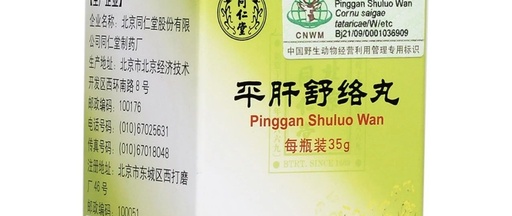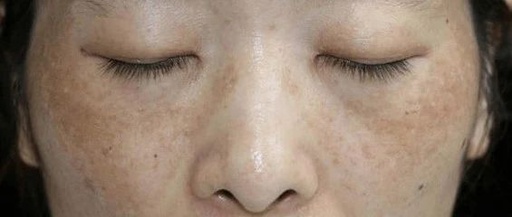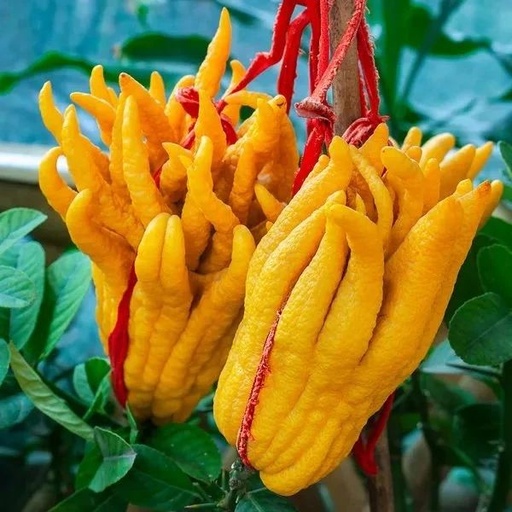Is Frequent Urination Caused by Kidney Yang Deficiency?
Frequent urination is not necessarily caused by Kidney Yang Deficiency (Shen Yang Xu). Frequent urination primarily refers to an increased frequency of urination. The causes of frequent urination include Bladder Damp-Heat (Pangguang Shi Re), Liver Qi Stagnation (Gan Qi Yu Jie), San Jiao Qi Transformation Dysfunction (San Jiao Qi Hua Bu Li), and Kidney Yang … Read more










